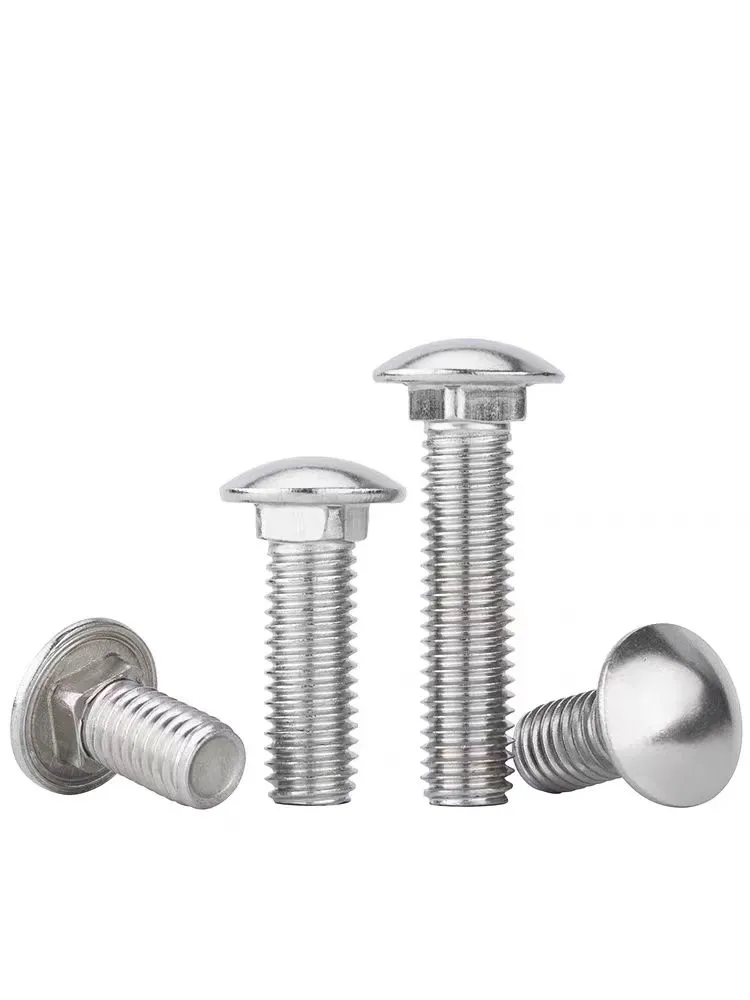

weld studs
11月 . 19, 2024 20:02 Back to list
weld studs
The Importance of Weld Studs in Modern Engineering
Weld studs, often referred to as stud welds, are pivotal components in various engineering and construction applications. They are essentially metal studs that are attached to a workpiece using an electric arc or other welding techniques. Their functionality is crucial across multiple industries, including automotive, aerospace, construction, and manufacturing. This article delves into the significance, applications, and advantages of weld studs in modern engineering.
Understanding Weld Studs
Weld studs are typically made from a variety of materials, such as carbon steel, stainless steel, and aluminum, depending on the application requirements. They can be pre-fabricated or designed for specific uses, and they come in numerous shapes and sizes. The common types of weld studs include threaded studs, plain studs, and others with specialized designs tailored for unique applications.
The process of attaching a weld stud involves placing it against the base material and then using an electrode to generate a high temperature that softens the metal. The stud is forced into the molten pool, and as it cools, it creates a strong, permanent bond. This method, known as stud welding, allows for significantly fast and efficient assembly processes compared to traditional welding methods.
Applications in Various Industries
1. Automotive Industry In the automotive sector, weld studs are frequently used for attaching components such as brackets, heat shields, and other mechanical parts. The ability to create strong, reliable joints without the need for additional hardware makes weld studs a preferred choice in vehicle assembly lines.
2. Aerospace Sector The aerospace industry demands high-quality, lightweight, and durable fasteners, making weld studs ideal for applications like attaching control systems and structural components. The reduced weight of weld studs compared to bolt assemblies contributes to overall fuel efficiency in aircraft.
3. Construction and Structural Steel In the construction of buildings, infrastructure, and other structures, weld studs are used to connect steel beams and panels. Their ability to create high-strength connections helps ensure the overall integrity and stability of the building, which is particularly critical in seismic regions.
4. Manufacturing Many manufacturing processes utilize weld studs for assembly and product development. They can be found in appliances, industrial equipment, and consumer products, facilitating the reliable connection of various components.
weld studs

Advantages of Using Weld Studs
The adoption of weld studs brings multiple benefits, making them advantageous in numerous applications
1. Speed and Efficiency Weld studs can significantly expedite the assembly process. The stud welding technique is fast, allowing for high productivity rates, which is especially beneficial in mass production scenarios.
2. Strong, Durability Weld studs provide robust joint integrity. When properly installed, they create strong bonds that can withstand considerable mechanical stress and fatigue, making them suitable for critical load-bearing applications.
3. Reduced Material Costs Using weld studs can lower overall material costs. Since a stud can often replace a nut and bolt assembly, the reduction in components ultimately saves on both parts and labor.
4. Minimized Heat Affected Zone (HAZ) The stud welding process results in a smaller HAZ compared to traditional welding techniques. This means there is less distortion and less potential for weakening the base materials, preserving the integrity of the structure.
5. Versatility Weld studs can be used in a wide range of materials and can adapt to various environments, including high-temperature and corrosive conditions, making them versatile for different applications.
Conclusion
In conclusion, weld studs play an essential role in modern engineering practices across multiple sectors. Their unique advantages, coupled with the increasing demand for efficient and reliable fastening solutions, ensure their continued relevance in the industry. As technology advances and industries evolve, the potential for more innovative applications of weld studs remains substantial. It is evident that these small yet mighty components will continue to shape the future of engineering and construction, adhering to the demand for performance and reliability in various fields.
Latest news
-
Hot Dip Galvanized Bolts-About LongZe|High Strength, Corrosion Resistance
NewsJul.30,2025
-
High-Strength Hot Dip Galvanized Bolts - Hebei Longze | Corrosion Resistance, Customization
NewsJul.30,2025
-
Hot Dip Galvanized Bolts-Hebei Longze|Corrosion Resistance&High Strength
NewsJul.30,2025
-
High-Strength Hot-Dip Galvanized Bolts-Hebei Longze|Corrosion Resistance&High Strength
NewsJul.30,2025
-
Hot Dip Galvanized Bolts-Hebei Longze|Corrosion Resistance&High Strength
NewsJul.30,2025
-
Hot Dip Galvanized Bolts - Hebei Longze | Corrosion Resistance, High Strength
NewsJul.30,2025

